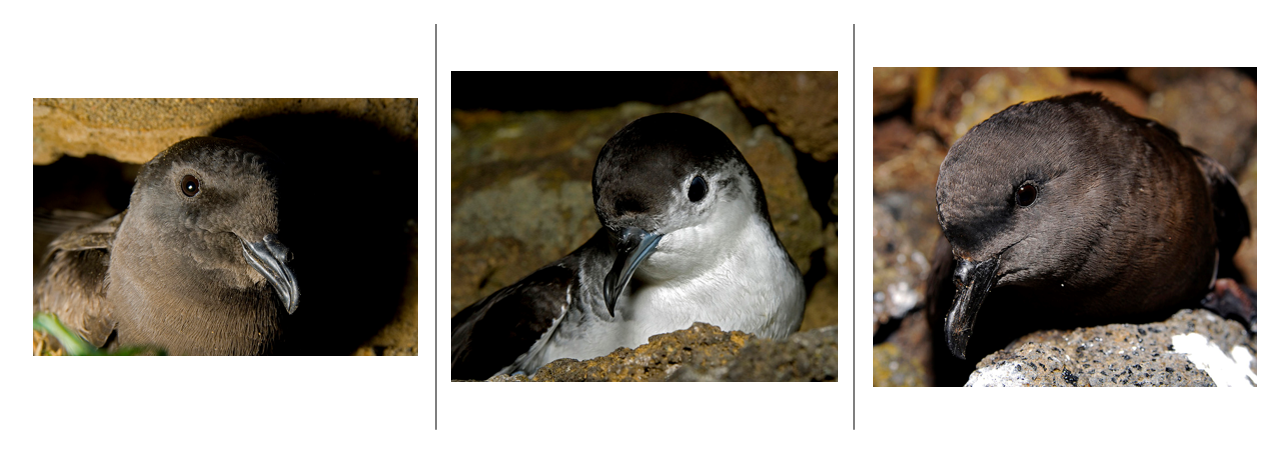

Poluição Luminosa
Poluição Luminosa
A poluição luminosa é a luz exterior artificial excessiva, mal direcionada ou intrusiva e manifesta-se através de várias formas: encandeamento, luz intrusiva, luz desordenada e brilho difuso.

Nos Açores existem 6 espécies de aves marinhas pertencentes à ordem dos Procellariiformes. Essas aves marinhas são altamente adaptadas à vida pelágica (em mar aberto), passando a maior parte de suas vidas no oceano. Nos Açores, elas nidificam em terra, em locais remotos e escuros, como falésias e ilhas desabitadas. A sua atividade reprodutiva é predominantemente noturna, o que as torna particularmente vulneráveis à poluição luminosa. Devido aos seus olhos sensíveis e comportamentos noturnos, são vítimas de encandeamento. Desorientadas, colidem contra edifícios, carros ou postes de luz, caindo no chão, e tornando-se vulneráveis ao atropelamento, à predação por gatos e ratos, à caça ilegal e até à desidratação. Devido à sua inexperiência, os juvenis são os mais afetados por esta problemática.
Importância de participar na conservação destas aves marinhas
Atualmente, embora não exista legislação específica sobre os efeitos da poluição luminosa nas aves marinhas, nem a nível nacional nem regional, todas as aves marinhas mencionadas são protegidas por diretivas impostas pela Comissão Europeia (Diretiva Aves e Convenção da Vida Selvagem e dos Habitats Naturais da Europa – Convenção de Berna). A poluição luminosa é considerada uma ameaça prioritária para as aves marinhas e pode induzir alterações na sua orientação, no seu comportamento reprodutor e na sua comunicação visual. Como a maioria destas espécies apresenta um estatuto de conservação “Vulnerável” ou “Em Perigo” nos Açores, a sua conservação tem-se tornado cada vez mais alarmante.

Por que os Procellariiformes são tão vulneráveis?
- Como aves noturnas, as Procellariiformes adaptaram-se a habitats naturalmente escuros, longe de predadores e interferências humanas. A luz artificial quebra esse equilíbrio natural;
- Os juvenis, ainda inexperientes, são mais suscetíveis à atração por luzes artificiais, já que confundem essas fontes de luz com o brilho natural do horizonte sobre o oceano;
- Muitas colónias de Procellariiformes nos Açores estão situadas perto de vilas, portos ou estradas, expondo estas aves diretamente às luzes artificiais.
Medidas para minimizar a poluição luminosa:
- Evite a luz azul usando lâmpadas LED de cores quentes;
- Desligue as luzes quando não estiver a utilizar ou use temporizadores;
- Utilize iluminação direcionada e de baixa intensidade;
- Desligue as luzes durante as alturas críticas para as aves marinhas.
